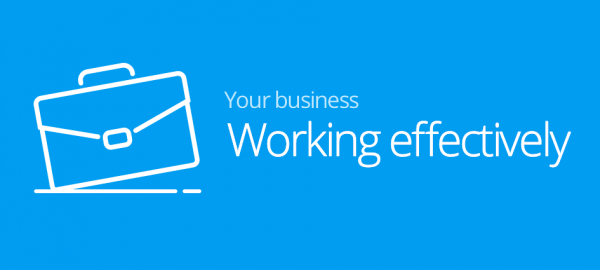For most modern-day office employees, sending work emails is an integral part of the job. It doesn’t matter whether we work remotely or work outside of usual office hours, many of us probably send so many emails that we may think we’re experts at it, but the fact is that when bad habits start to creep in, emails can fail to get the correct message across. This can result in them being ignored or misunderstood, not to mention wasting the valuable time of the sender and the recipient.
How can you spend less time writing emails at work, yet make sure you’re getting the desired result?
Include a solid subject line
An interesting subject line can entice your recipient to open your email.
Imagine you’re sending an email to a colleague at work, who’s mailbox is full of hundreds of unread emails. How would you make yours stand out from the crowd? You only have 1 chance to grab the readers attention.
A snappy greeting
The formality (or lack thereof) of a business email has changed and evolved as they have become a primary means of communication. In days gone by, it would have been commonplace to treat an email like a digital letter by opening with a ‘Dear…’. These days, that notion seems stuffy and old-fashioned. Instead, opt for a ‘Hi…’ and if the emails are going back and forth skip the greeting after the first email. Try to view an email like an ongoing conversation rather than a written communication.
Be concise…but not blunt
Over explaining, small talk, jargon and long-winded, unnecessary spiel can become grating in email. People are busy and don’t have time to wade through paragraphs of text before getting to the point. For this reason, try to keep emails factual, concise and straight to the point. However, don’t be so concise that your message appears to be blunt. Always remember to thank the recipient for their time. Simply replying with an ‘OK’ or ‘noted’ can come across as blunt and uninterested.
Sign off and signature
The greeting, ‘Yours sincerely’ can come across as too formal in today’s modern emailing world. But ‘Thanks’ or ‘Cheers’ aren’t professional enough. Experts advise that ‘Kind regards’, ‘Regards’, ‘Best wishes’ or ‘Best’ meet the appropriate balance between professionalism and friendliness. Don’t go overboard with your signature too; your name, contact details and job title should be enough. No endless list of qualifications – people don’t care! No fancy word art or colours; it’s too distracting.
Timing
The beauty of email is that it is accessible 24/7 but, in some ways, this can be a negative as it means the temptation to check-in is always there. Sending work emails out of hours can also be a distraction and annoyance to recipients. Set boundaries by only accessing your emails within sociable working hours, unless of course, something needs your urgent attention.
The formalities
Email offers the option to mark things as urgent, but this facility should be used with judgement. Save it for situations that definitely are urgent. Likewise, it is prudent to utilise the out-of-office automatic response option so that people know you’re not ignoring them when you’re on leave. Copying and blind copying people into emails is also a feature that should be used wisely. Copying people in is relevant when they may need to know the content of the email for information purposes but aren’t necessarily required to respond.
Are you ready for our top tips on how to get to grips with managing your inbox?
